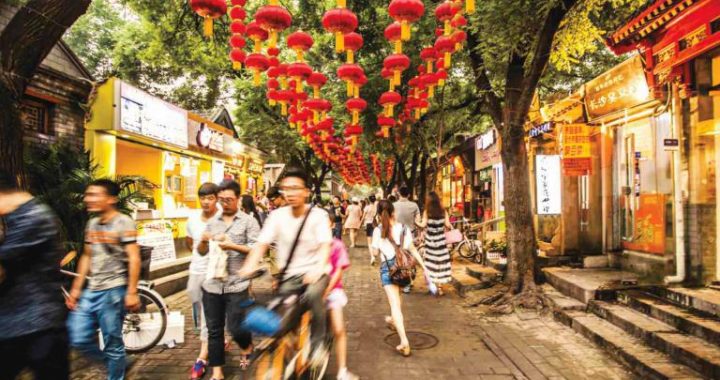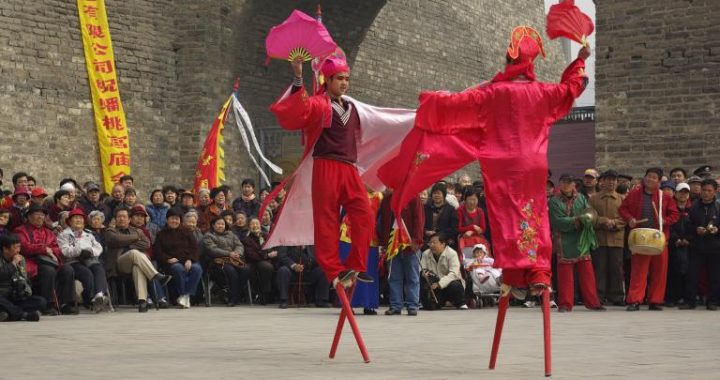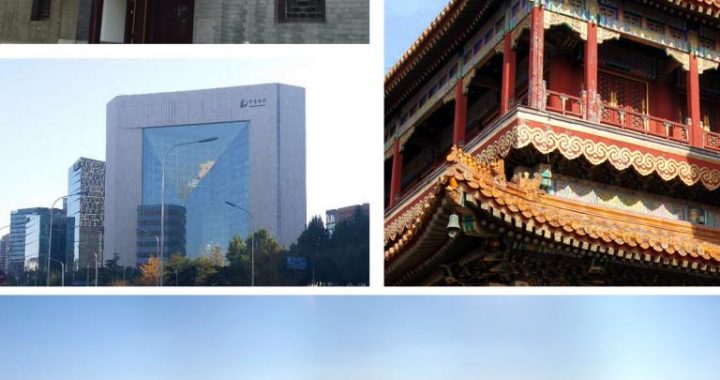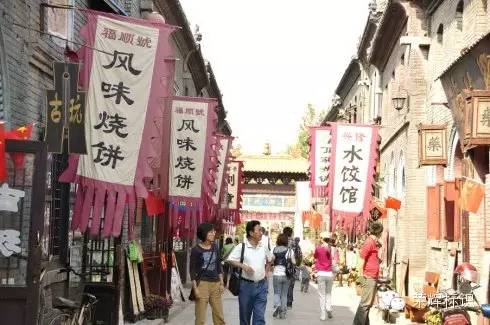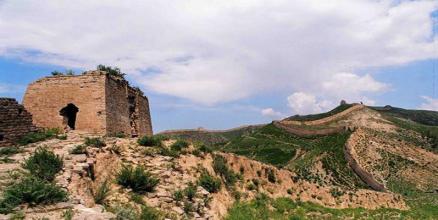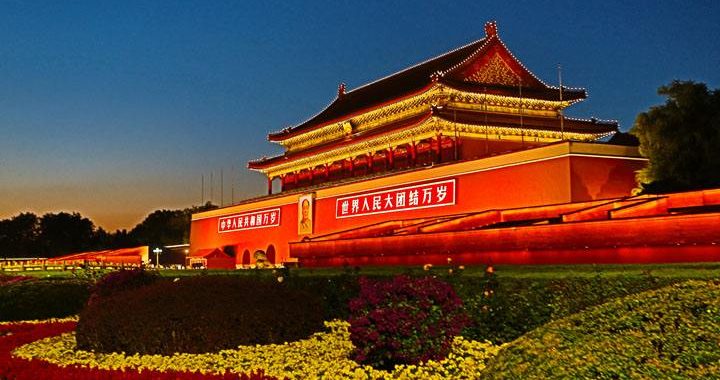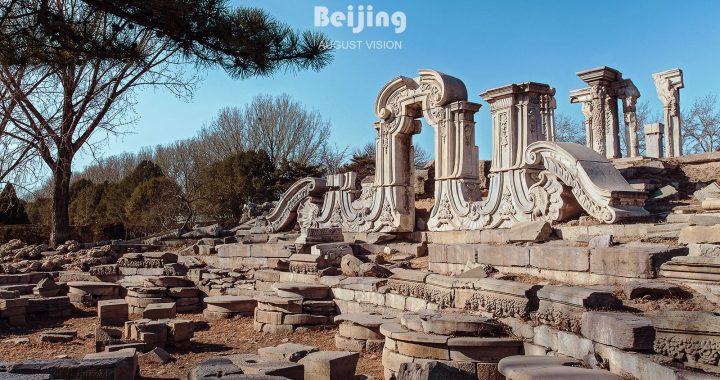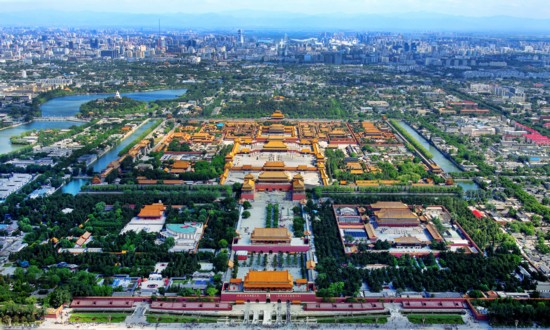Liang Sicheng Career
3 min readWhen the couple went back in 1928,they were invited by the Northeastern University in Shenyang.At that time Shenyang was underthe control of Japanese troops,which was a big challenge to perform any professional practice.They went anyway,established the second School of Architecture in China,but also the first curriculum which took a western one(the curriculum from University of Pennsylvania)as its prototype.It was a pity that their effort was interrupted by Japan’s occupation in the following year,but after 18 years in 1946,the Liangs were again able to practice their professorship in Tsinghua University in Beijing.This time a more systematic and all-around curriculum was discreetly put forward,consisted of courses of fine arts,theory,history,science and professional practice.This has become a reference for any other school of architecture later developed in China.This improvement also reflected the change of architectural style from the Beaux-Arts tradition to the modernist Bauhaus style since the 1920s.
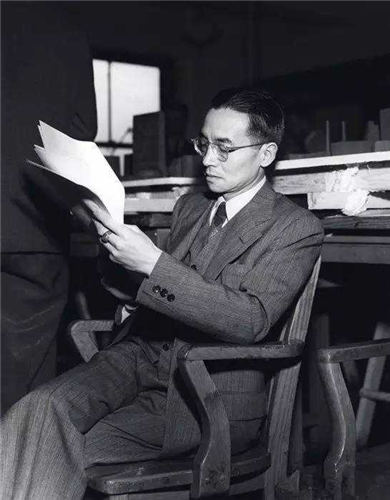
In 1930,Liang and his colleague,Zhang Rui,won an award of不(Co
the physical plan of Tianjin.This plan incorporated the contemporary American techniques in zoning,public administration,government finance and municipal engineering.Liang’s involvement in city planning was further inspired by Clarence Stein,the chairman of the Regional Planning Association of America.They met in Beiping in 1936 during Stein’s trip to Asia.Liang and Stein became good friends and in Liang’s visit to the US in July1946,Liang stayed in Stein’s apartment when he came to New York City.Stein played an instrumental role in the establishment of the architectural and planning program at Tsinghua University.
In 1931 Liang became a member of a newly-developed organization in Beijing called the Society for Research in ChineseArchitecture.He felt a strong impulse to study Chinese traditional architecture and that it was his responsibility to interpret and convey its building methods.It was not an easy task.Since the carpenters were generally illiterate,methods of construction were usually conveyed orally from master to apprentice and were regarded as secrets within every craft.In spite of these difficulties,Liang started his research by“decoding”classical manuals and consulting the workmen who had the traditional skills.
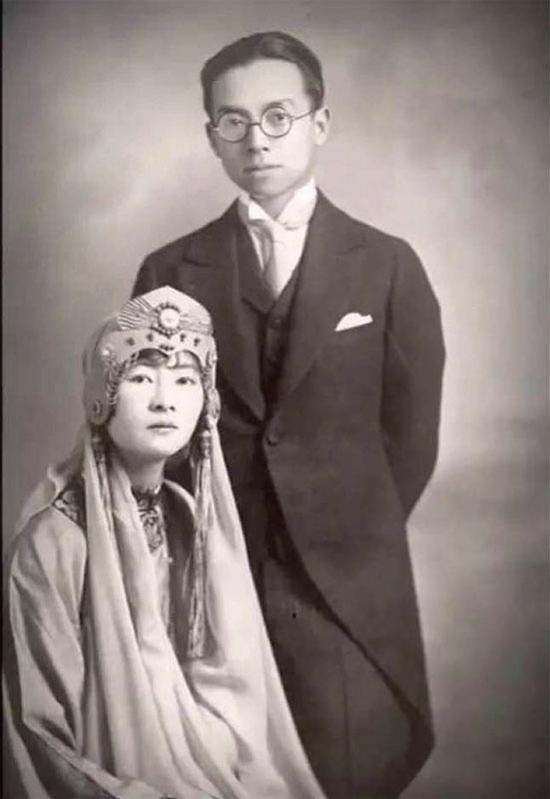
From the start of his new career as a historian,Liang was determined to search and discover what he termed the“grammar”of Chinese architecture.He recognized that throughout Chinese history the timber-frame had been the fundamental form of construction.
He also realized that it was far from enough just to sit in his office day and night engaged in the books.He had to get out searching for the surviving buildings in order to verify his assumptions.His first travel was in April 1932.In the following years he and his colleaguessuccessively discovered some survived traditional buildings,including the Temple of Buddha’s Light(857),the Temple of Solitary Joy(984),the Yingzhou Pagoda(1056),Zhaozhou Bridge(589-617),and many others.These buildings managed to survive.because of their efforts.
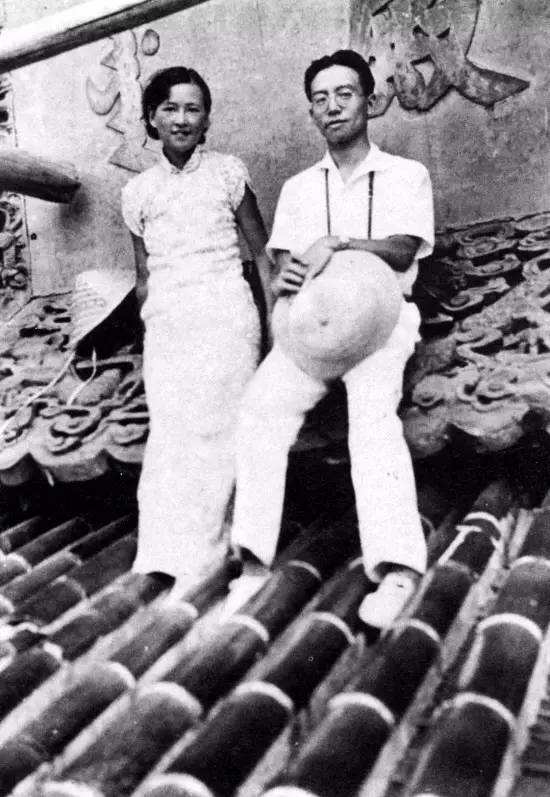
During the later stages of WWII,the Americans began to bomb the Japanese homeland.Liang,whose brother-in-law was a pilot who died in the air war against Japan,recommended that the Americans should spare the ancient Japanese city of Nara:“Architecture is the epitome of society and the symbol of the people.But it does not belong to one person,for it is the crystallization of the entire human race.Nara’s Toshodaiji Temple is the world’s earliest wood-structure building.Once destroyed,it is irrecoverable.”The U.S.military accepted Liang’s proposal.As a result,even though Japan was heavilybombed,Nara remained intact with its original scenery unaffected by the war.
After the war,Liang was invited to establish the architectural and urban planning programs at Tsinghua University.In 1946,he went to Princeton University as a visiting fellow and served as the Chinese representative in the design of the United Nations Headquarters Building.In 1947,Liang received an honorary doctoral degree fromPrinceton University.He visited major architectural programs and influential architects before returning China in order to develop a model program at Tsinghua.
